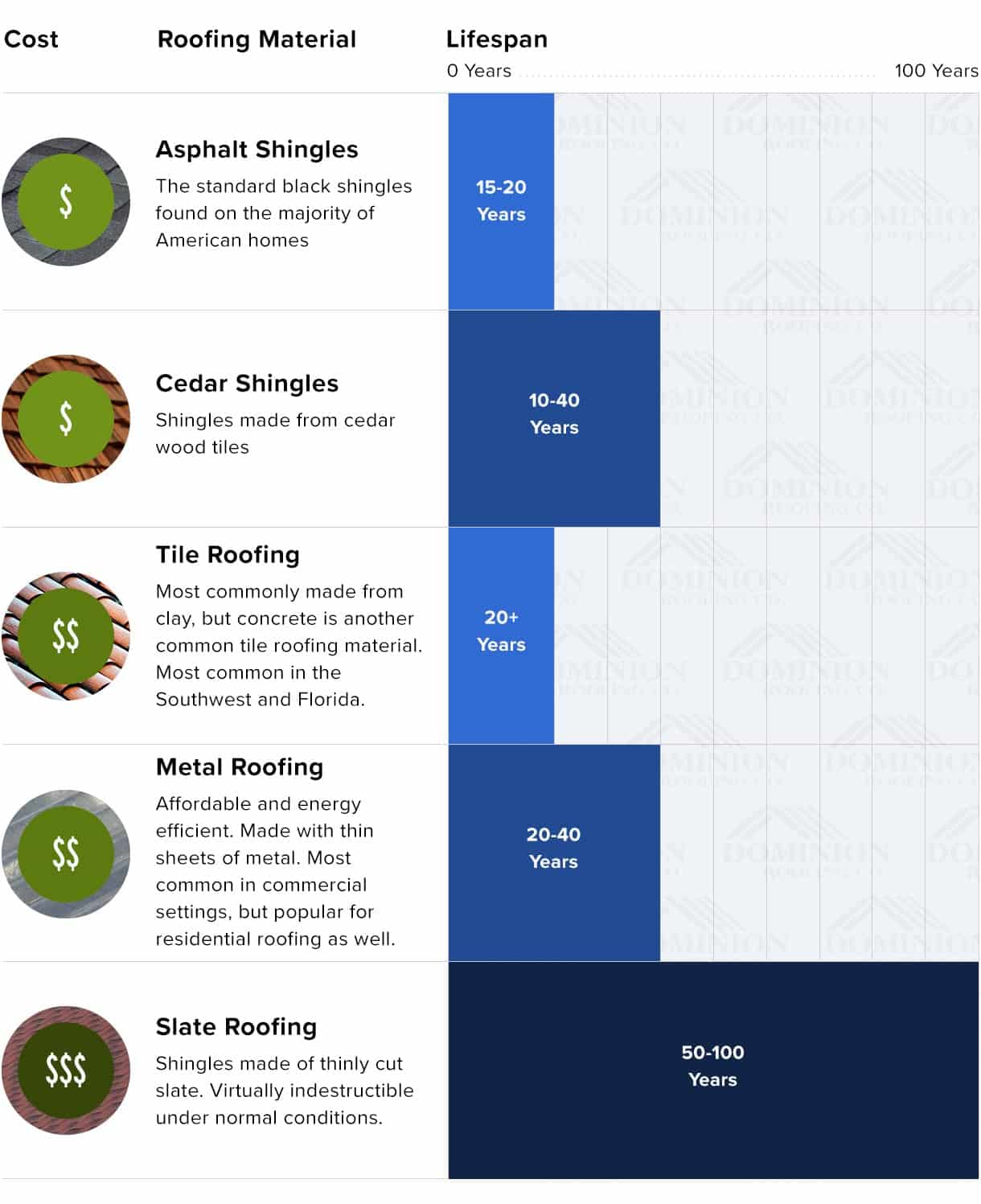Trip Into The Complex World Of Solar Panel Technology And Find How Sunlight Can Be Transformed Right Into Power
Trip Into The Complex World Of Solar Panel Technology And Find How Sunlight Can Be Transformed Right Into Power
Blog Article
Post By-Merritt Archer
So, you've heard about photovoltaic panels and their possible to generate power from sunlight, yet how exactly do they work? Recognizing the intricate innovation behind photovoltaic panels can be a remarkable trip into the globe of renewable resource. From the standard principles of photovoltaic cells to the intricate components that compose a solar panel system, there's a whole realm of understanding waiting to be checked out. Allow's unwind the secrets of solar panel innovation with each other.
Photovoltaic Panel Innovation Fundamentals
To really realize the significance of solar panel modern technology, you need to delve into the basic concepts that underpin its capability. Photovoltaic panel include solar batteries, normally made from silicon, which have the impressive capability to convert sunshine into power via the solar result. When sunshine hits the cells, the photons in the light interact with the silicon atoms, causing the electrons to break without their atomic bonds. This develops an electric current that can then be taken advantage of for powering different tools.
The crucial part of solar panels is the semiconductors within the photovoltaic cells, which facilitate the conversion of sunlight right into functional electricity. These semiconductors have both positive and unfavorable layers, creating an electrical field that allows for the flow of electrons.
This flow of electrons, when attached in a circuit, generates straight current (DC) electricity. Comprehending these basic principles is vital for valuing just how solar panels can harness the sun's energy to power homes, services, and even satellites in space.
Just How Solar Panels Generate Electrical Energy
Solar panels harness the sun's energy by converting sunshine right into electricity through a process referred to as the solar effect. When sunlight strikes the photovoltaic panels, the photons (light fragments) are taken in by the semiconducting materials within the panels, typically made of silicon. This absorption generates an electrical existing as the photons knock electrons loose from the atoms within the material.
The electrical fields within the solar cells then compel these electrons to move in a specific instructions, developing a straight current (DC) of electrical power. This direct current is then passed through an inverter, which converts it into rotating existing (AC) power that can be utilized to power your home or business.
Excess power created by the solar panels can be stored in batteries for later use or fed back into the grid for debt with a procedure called internet metering. Understanding just how solar panels produce electrical energy is critical to valuing the ecological and cost-saving benefits of solar energy systems.
Understanding Photovoltaic Panel Parts
One vital facet of solar panel modern technology is understanding the numerous elements that compose a solar panel system.
The key elements of a solar panel system include the photovoltaic panels themselves, which are comprised of photovoltaic cells that transform sunlight into electrical energy. These panels are installed on a structure, typically a roofing system, to record sunlight.
In addition to the panels, there are inverters that transform the direct current (DC) electrical power created by the panels right into alternating current (AC) electricity that can be made use of in homes or services.
The system additionally includes racking to sustain and position the photovoltaic panels for ideal sunlight direct exposure. Additionally, cables and connectors are necessary for transferring the electrical power produced by the panels to the electric system of a building.
Finally, what does a solar energy systems engineer do may be consisted of to track the performance of the solar panel system and ensure it's functioning efficiently. Recognizing these elements is important for anyone wanting to mount or use solar panel modern technology efficiently.
Verdict
Now that you recognize the essentials of photovoltaic panel modern technology and how it functions, you can appreciate the power of using sunlight to generate clean and renewable energy for your building. By using solar near dener and elements like inverters and checking systems, you can contribute to an extra sustainable future while also potentially reducing power prices. Maintain knowing and checking out the possibilities of solar energy for a greener tomorrow.
